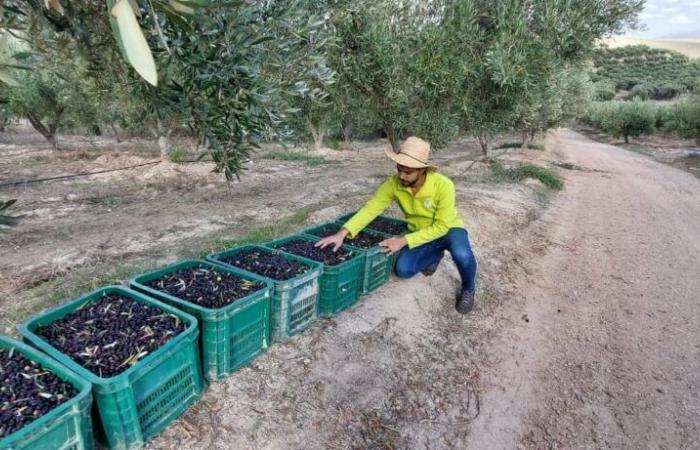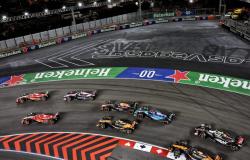JavaScript is disabled! Why you want to do so? Please enable JavaScript in your web browser!
As part of the Al Moutmir program, 971 olive tree demonstration platforms were installed during the 2023/2024 agricultural season.
These platforms make it possible to demonstrate the considerable impact of the use of best agricultural practices on the yield and quality of production, the income generated and the rational consumption of fertilizers.
For the olive tree, the PFDs installed are distributed across the different agricultural provinces of Morocco and affected all the varieties present in Morocco and the different management methods (Bour, gravity irrigation and localized irrigation) in the different production zones of the olive tree. kingdom.
Distribution map of olive PFDs by province 2023-2024
Report in the Olivier demonstration platform, Kelaa des Sraghna province
In Kelaa des Sraghna, which hosts 400 expanded demonstration platforms during the 2023/2024 campaign, the harvest is well underway over an area of 3,400 ha
During this campaign, more than 300 farmers benefited from the program in 12 territorial municipalities.
The particularity of this campaign is the use of drones as a new technology in 6 PFDs for the application of foliar fertilization.
The olive tree demonstration platforms benefit from close scientific monitoring provided by Al Moutmir agronomic engineers and experts mobilized from the various national scientific institutions.
The technical route adopted in the demonstration platforms is centered on integrated crop management (ICP). Each program is based on 3 pillars, namely rational management of irrigation water, tailor-made fertilization and integrated crop protection.
Progress of the 2023-2024 olive growing season
The forecast national production of olives is estimated at 950,000 tonnes, slightly lower than last year (11%) despite a severe water deficit which has persisted for 6 years. This production is down 44% compared to fall 2021 production, which recorded a historic record level of 1.9 million tonnes. This drop in production affected rainfed regions and more so irrigated regions.
The services of the Ministry of Agriculture explain that the drop in olive production is caused primarily by the drought which raged during the last 6 agricultural seasons, causing persistent water stress in different production regions, at varying degrees of intensity. differentiated and according to the types of irrigation sources (dams, wells or springs) and secondly to the disturbance of temperatures: heat wave followed by cold wave during spring coinciding with the flowering of the olive tree. The regions most affected this year: the Marrakech Safi and Taroudant region and also the Tadla and Khénifra region.
The last rains of autumn were beneficial in saving olive production in the northern regions: Taza, Saïs, Ouezzane, Larache and in the east of the country such as Errachidia, Figuig and Ouarzazate.
The expected oil production during this campaign is around 90,000 tonnes; she too was affected. The government has decided to authorize the import of 30,000T of extra virgin olive oil in 2025.
Prices per liter of oil fluctuate between 90 and 110 dh at the start of the harvest at the end of October.
Do you have a real estate project in mind? Yakeey & Médias24 help you make it happen!
© Media24. Any reproduction prohibited, in any form whatsoever, without written authorization from the Société des Nouveaux Médias. This content is protected by law and in particular law 88-13 relating to the press and publishing as well as laws 66.19 and 2-00 relating to copyright and related rights.







